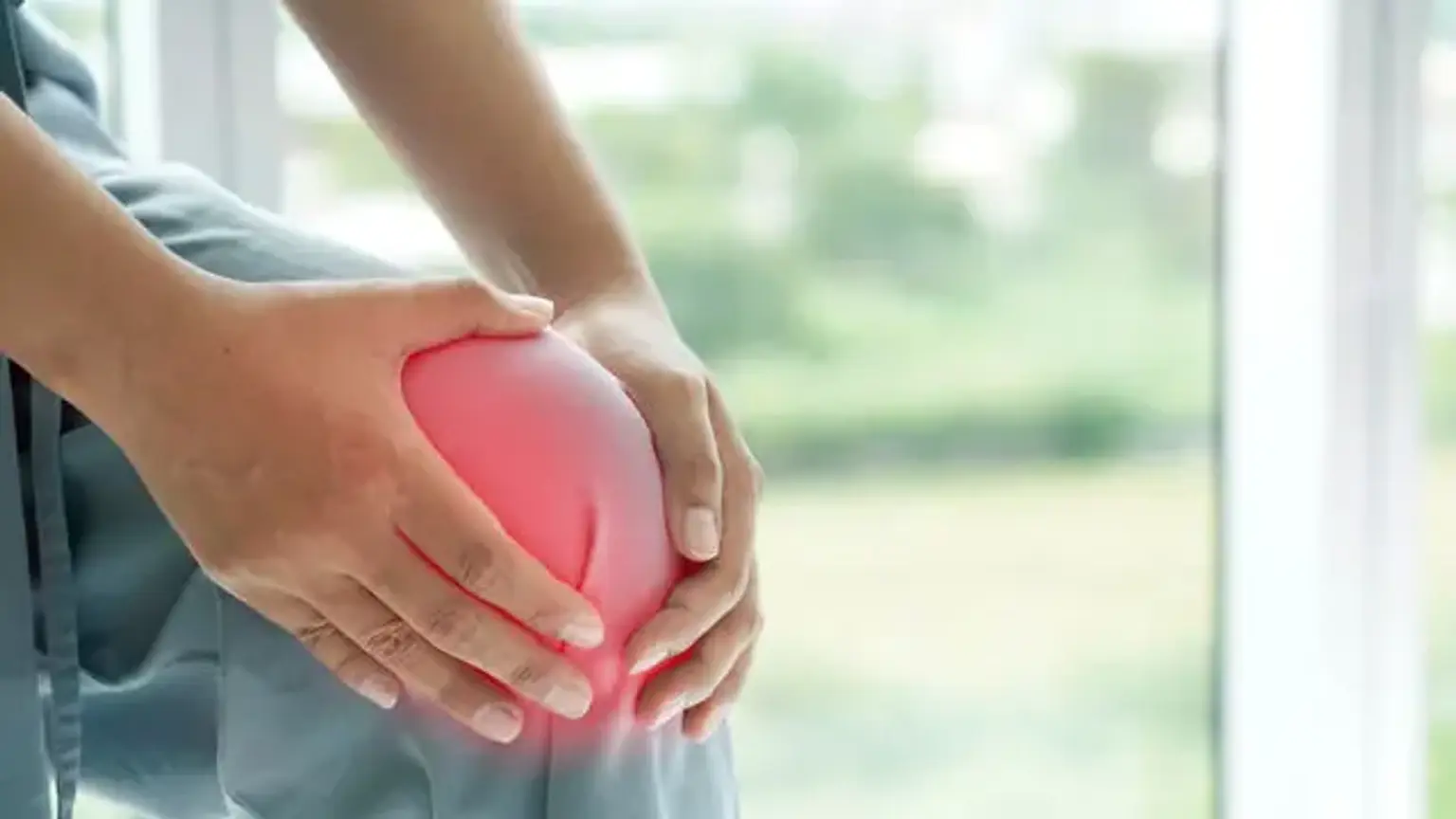Injuries of Bones and Joints
Musculoskeletal complaints may be the first sign of structural or stress adaptation problems. Joint stiffness, edema, and pain are the most frequent musculoskeletal symptoms. Excessive force, which is exerted directly or indirectly, damages bones, which are non-yielding structures. The type of damage is determined by the direction of the exerted force on the bones and how these bones are connected to other structures. Sprains, strains, subluxations, fractures, and dislocations are the most common acute bone and joint injuries.
Normal bone, excluding the metaphyseal area, has a good blood supply; however, tendons, ligaments, discs, and cartilage are weakly vascularized. Both bone and joints, however, put the host's defense mechanisms to the challenge. The pressure of pus under a hard bone prevents blood flow, and emboli and thrombosis can further devascularize the area. When circulation is compromised, local phagocytic function and nutrition suffer as a result, and healing is slowed.
Before swelling obscures the picture, the best accurate assessment can be established right after the accident. Many fracture and dislocation consequences, such as nerve and vascular injury, are caused by insufficient splinting before movement, rather than by the trauma directly. Traumatic bone injury is uncommon in the absence of severe soft-tissue damage. Because soft-tissue trauma is not visible on x-ray for several days after injury, the physical assessment must be careful but thorough. For example, in the absence of typical symptoms, a clinical diagnosis of stress fracture may have to be made solely on the basis of bone soreness, as the fracture may not be seen on x-ray films for 10-14 days or more.
